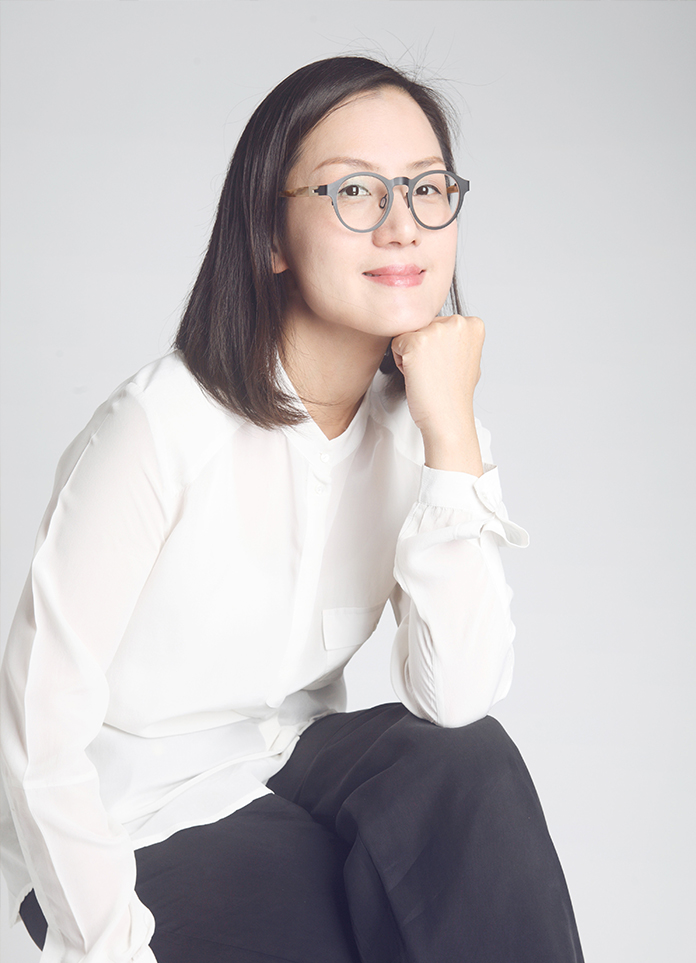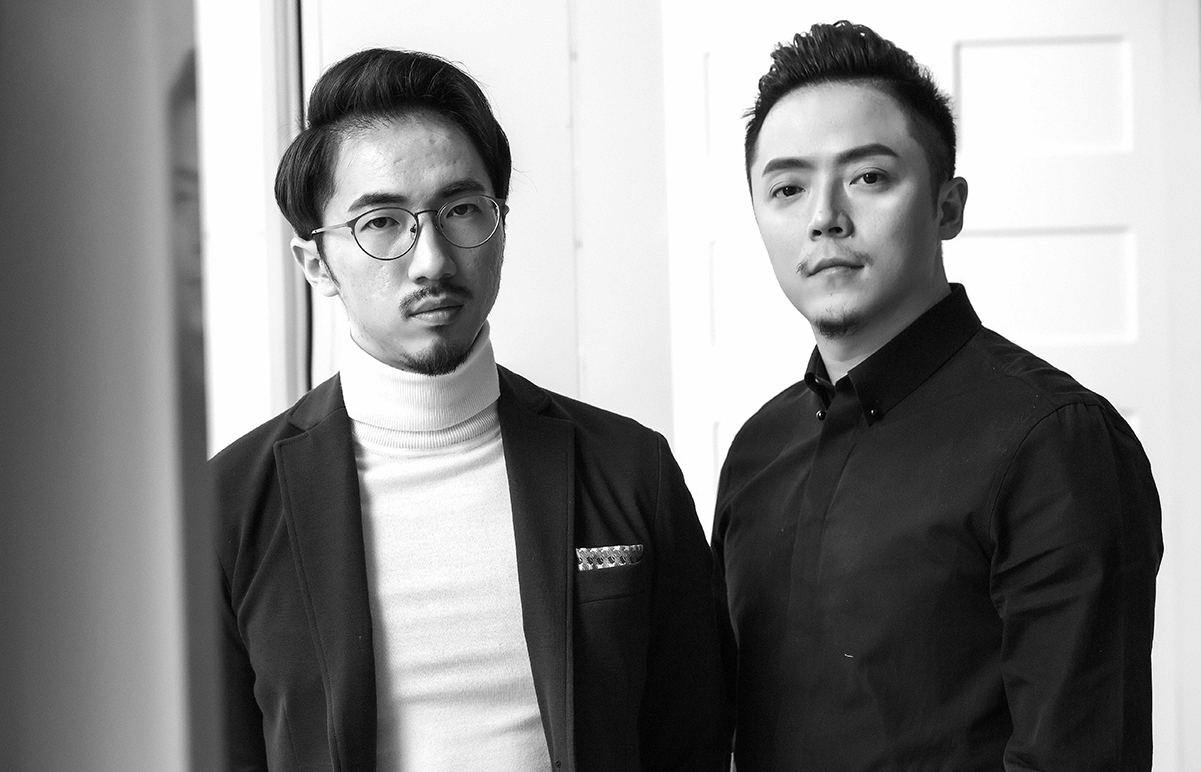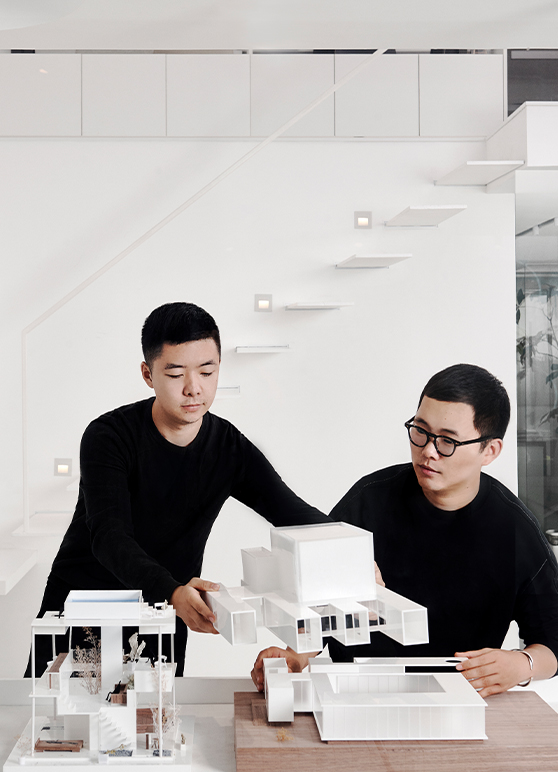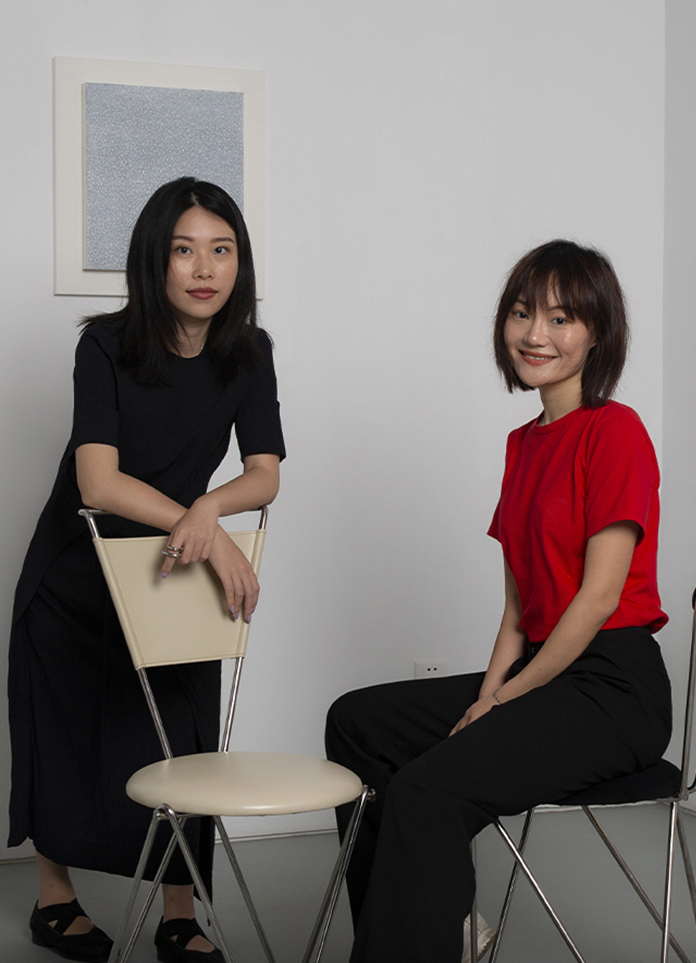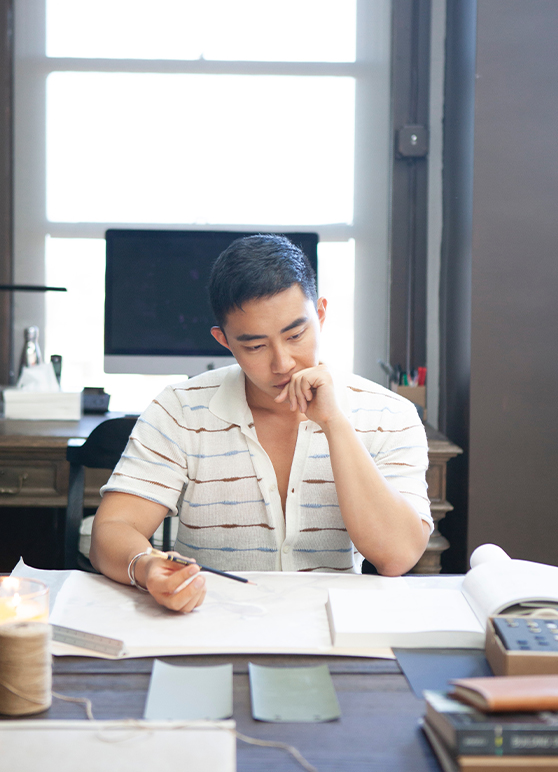
In 2018, Chris Shao opened his second design studio in Shanghai, China, Chris Shao Studio (Shanghai) Co., LTD. His design philosophy focuses on cutting back on aesthetics and respect for materials, while adding avant-garde elements without sacrificing classic touches. Both studios are now expanding internationally into high-end residential, hotel and commercial projects.
Yinji: Young designers are the mainstay of design in the circle. How did you start your design path? What do you want for your future?
Chris: When I was an undergraduate student in the US, I studied business. It had nothing to do with design. But I've always been interested in interior design, and fashion and art. Later, I decided to give it a try and got a master's degree from New York Institute of Interior Design. In fact, I have been deeply aware of the aesthetics of design since I was a child, which inspires me to create things. However, I have learned a lot and tried a lot in this field when I was a student. In addition, I have always been fond of traveling to various countries and regions, and now I also like to go to various newly opened design hotels. There are many dream places and dream designs, which also inspire me to do this.
In the future, in addition to my studio in the United States and China, I am also developing the Objective Collection I founded in Shanghai this year, which is a living space for art and home furnishing as well as an exhibition venue. I want to do a lot of interesting curatorial projects and collectible design art starting from here.
Yinji: You have experience studying abroad or working in an office. How has this experience affected you? Do you have any advice for students who are about to enter college to study design?
Chris: As a student, try a lot of things. Don't be trapped by your student status. Be brave and stay professional. Again, you're not an interior design/architectural design student, you're a designer, and that's what you have to do, to try out opportunities. It's also about understanding and respecting design. For example, when I was an intern for Marc Cunningham Inc, he asked me to find 50 shades of gray, and he asked me to spend a day finding a pillow. It's not a big deal, but it's important that you have the heart to do it.
Yinji: Can you tell me a story about you and Michelin Ensue in Shenzhen? What does this project mean to you?
Chris: I met chef Christopher at his ranch in California and we talked about various ideas we had for Ensue's concept. As the youngest chef to have three Michelin stars, he has had successful restaurants before, and so has Ensue. You might think of this restaurant as a kind of "luxury", but when we discussed it at that time, "luxury" is a private word, everyone's definition is different. Christopher would think that a tree on the farm is luxury, so in Ensue, we hope to bring unpretentiously naturalism to this restaurant and to the metropolis of Shenzhen. As a restaurant, ingredients, natural ingredients and cooking techniques are all the leading roles, and the design I made is only the supporting role of the nature. In addition, the most important thing for this restaurant is to respect the land and ingredients, which means respecting the ingredients for my design.
When I was working on this project, I came into contact with many local engineering methods in Guangdong. Perhaps these experiences made me bring my cultural background and growth experience into the project for the first time to think about the modern significance of The word "Made in China" and the industry in the design industry.
Yinji: With your diverse cultural and educational background, how do you see the relationship between regional culture and design?
Chris: A person's cultural background is imprinted on you, it's always there, and when you look at it and look at it, you get a lot of new thinking and inspiration, as well as in design. For example, made in China, from the copy and imitation with a bad reputation to the rapid development of manufacturing industry, I have found a lot of materials worth creating in my own culture and in my own country. Moreover, there are also many high-efficiency and exquisite craftsmanship in China. From my own cultural background, I finally made the design of projects like Ensue, which in turn can change people's opinions on the design made in China.
I also studied abroad for a long time. Western "cultural appropriation" became very popular in the 19th century, but the power of culture today is not only western. I am also influenced by Europe and America. New York is very important to me, especially in culture and design. I can also put western things into my works.
In fact, the design is like to do subtraction, to respect the natural beauty of the material, this is a kind of aesthetic reduction. I like the way it looks when it comes out of the quarry. It gives me a feeling of vitality in the nature That I love.























